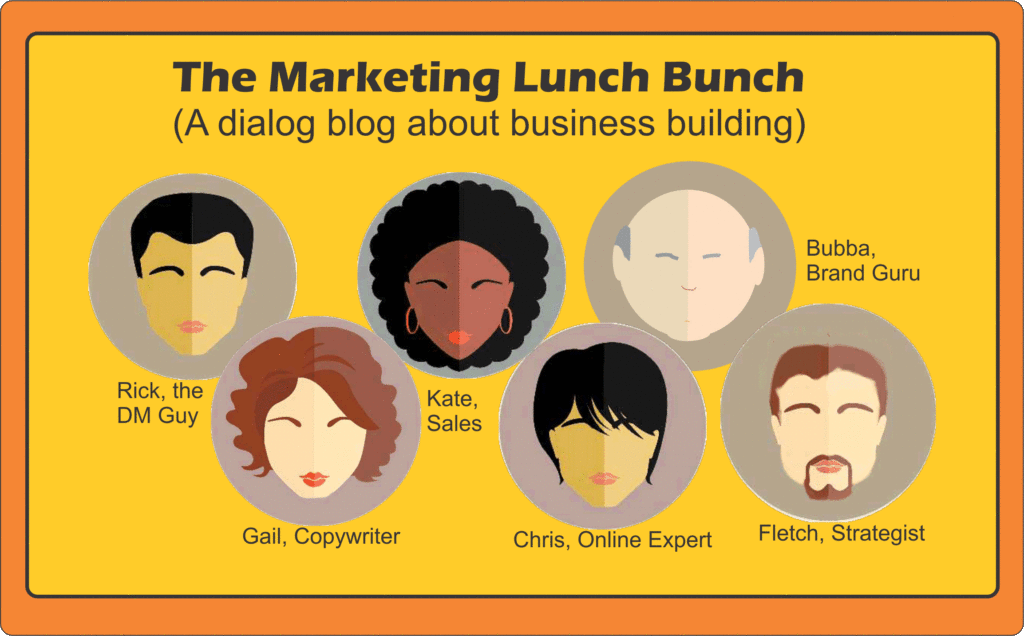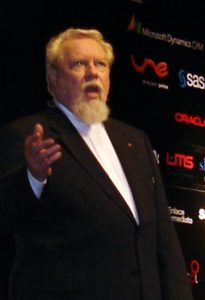 Ken asked me over lunch, “Was it really like Mad Men back then?”
Ken asked me over lunch, “Was it really like Mad Men back then?”
Let’s just say I have a little more mileage than he does. He wasn’t born when I went to New York. He was fascinated by my experiences in the era popularized by the TV Series Mad Men.
Yes, I was there. I climbed the stairs from the IRT stop and walked a short distance to the entrance to 420 Lexington and the Offices of J. Walter Thompson when it was the largest advertising agency in the world. I still have the brass medal every employee was awarded on the 100th anniversary of the company.
That job, for a boy reared in southwestern Ohio, was a real eye opener. Everybody smoked. Men. Women. Youngsters like me. I’d worked construction to pay for college and picked up the habit, Phillip Morris Commanders—strong like Camels but longer. The scent of tobacco was everywhere.
Working in the mail room I was too young and too low on the totem pole to participate in the sexual hijinks but then I had a sweetheart back in Ohio.
Naïve? Yes. Stupid? No. I figured if I couldn’t get in on the physical side of things I could learn the lingo so I became the confidante of secretaries and traffic girls. I wound up having those lovely creatures buy me drinks since they made more than me.
I lucked out after a while and wound up becoming a TV paste-up guy who put the storyboards together for presentation and that put me into contact with some heavy hitter art directors.
That lead to my first (and last) two martini lunch. Ted took pity on me and asked me to join him for lunch on him. We went to an Argentine place he frequented. The waiter never asked. A martini for each of us showed up and so I clinked glasses and tried not to react. I thought I was going to be okay and then a refill magically appeared.
Ever see one of those cartoon rabbits that seems to have no bones and slide out of a chair to the floor? That was me. I believe the correct term is Blotto.
Working there was a great way to learn that even though I was getting a degree in Advertising Design the art side of the business was not where the power was. I quickly decided that being an Account Man with heavy knowledge of the art side of the business was what I wanted to do. I was lucky. That was the time when boutiques were giving the old line agencies fits. Powerful creative was being done by the upstarts that are now considered to be icons of the industry. That paid off when I made the switch.
Back then they had open training for all employees over lunch and you could learn about all and any parts of the business. I took advantage of the opportunity and made some friends at the VP level who gave me great advice on how to cross the divide from the creative to the management side of the business.
Ken really stirred up the memories including the summer of New York World’s Fair. The Ford exhibit became a Disney ride. The IBM exhibit synced up a battery of 35mm projectors and a couple of movie projectors. I think that was my first experience with that whole idea of multi-media. Years later I would use the same techniques with original scores for multiple clients.
The mileage check version of how I got here is straightforward:
- Get job interviews for account work at 42 ad agencies at their expense based on a direct mail letter. Take the position offered by Campbell Mithun Minneapolis.
- Become the fireman (one of the guys that pulls troubled accounts back into the fold).
- Work in multiple offices and win your spurs as a new business guy.
- Decide to leave CM when the agency is purchased by a British Conglomerate.
- Move to Portland and in time become CEO of the largest B2B agency.
- Hang out a shingle as a solo when you and your board agree to disagree.
I seldom ever look back even though those were great times. It takes a trigger like hurtling down the mountainside from the Medellin airport in a cab with Don Pepper and learning how often we just barely missed crossing paths. But that’s another story…
 Jerry Fletcher is a beBee ambassador, founder and Grand Poobah of www.BrandBrainTrust.com
Jerry Fletcher is a beBee ambassador, founder and Grand Poobah of www.BrandBrainTrust.com
His consulting practice, founded in 1990, is known for Trust-based Brand development, Positioning and business development on and off-line. He is also a sought-after International Speaker.
Consulting: www.JerryFletcher.com
Speaking: www.NetworkingNinja.com
Get all the Brand Success Stories. Sign up at http://www.brandbraintrust.com/home.html













